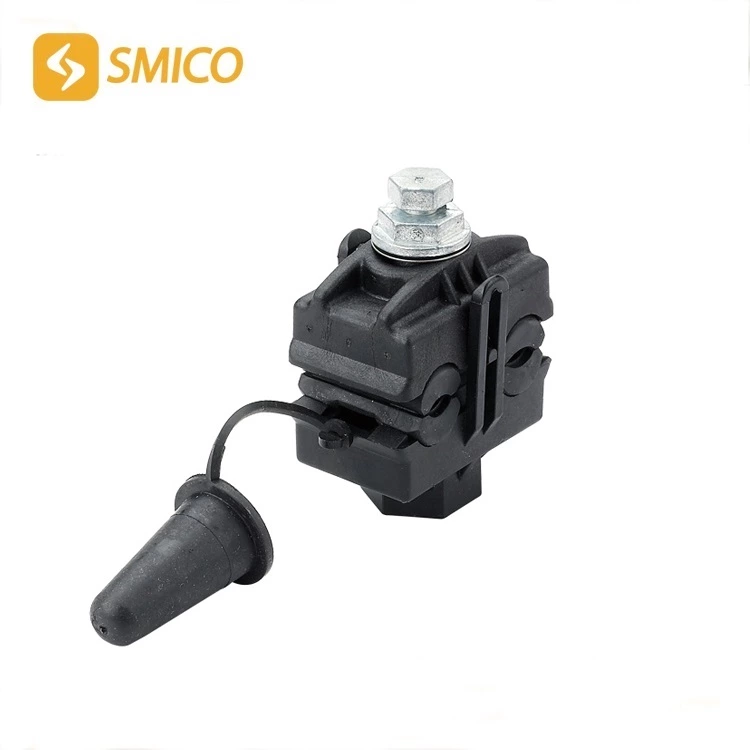How Insulation Piercing Connectors Deliver High Performance In Compact Designs With Space Constraints!
In the fields of industrial equipment, consumer electronics or aerospace, space constraints often become the core challenge of insulation piercing connector design. How to achieve high reliability, high-density wiring and easy maintainability in a limited space requires comprehensive optimization from the five dimensions described below.
1. Miniaturization and high-density design
Challenge: When space is limited, it is necessary to balance the size and performance of piercing connector.
Solution:
Choose a micro package: such as 0.8mm pitch board-to-board (BTB) ipc connector or 0.5mm pitch wire-to-board (WTB) ipc electrical connectors, which is more than 40% smaller than the traditional 1.27mm pitch product.
Stacked design: By vertically stacking multiple signal layers (such as double-layer or triple-layer stacking), the number of pins is increased under the same plane area.
Case: The 0.4mm pitch FPC cable piercing connector is used inside the smartphone, integrating 80 pins in a 10mm×5mm space, supporting high-definition cameras and high-speed data transmission.
2. Customized layout and compact structure
Challenge: Standard cable ipc connector cannot meet the needs of irregular spaces.
Solution:
Irregular shell design: Use L-shaped, Z-shaped or curved shell to fit the irregular space inside the device.
Embedded installation: embed electrical piercing connector directly into the PCB or shell to reduce the space occupied.
Case: The drone flight control board uses the right-angle Micro-Fit insulation connector, which saves lateral space through the 90° bending design and adapts to the compact fuselage structure.
3. Cable management and space reuse
Challenge: The cable direction conflicts with the connector layout.
Solution:
Cable integration: Use flat flexible cable (FFC) or flexible printed circuit (FPC) to replace traditional round wires, reducing cable diameter and bending radius.
Space reuse technology: Reduce the need for independent wiring by sharing the ground plane or power layer.
Case: Wearable devices use 0.3mm thick FFC connectors to achieve 12-way signal transmission in a 3mm×3mm area while keeping the device thin and light.
4. Blind plug and self-locking structure
Challenge: Difficult operation in a small space, the assembly process needs to be simplified.
Solution:
Blind plug design: Use conical guide columns or magnetic positioning to achieve quick plugging and unplugging without visual alignment.
Self-locking mechanism: Such as push-pull locks or elastic buckles, reduce tool dependence and improve assembly efficiency.
Case: Push-pull self-locking XH series connectors are used inside medical devices to complete one-hand plugging and unplugging in a 5mm gap, reducing the difficulty of surgical robot maintenance.
5. Thermal management and material optimization
Challenge: High-density layout leads to heat dissipation difficulties.
Solution:
High thermal conductivity materials: Use LCP (liquid crystal polymer) or metal shells, the thermal conductivity is 5-10 times higher than that of ordinary plastics.
Heat dissipation structure: Increase the heat dissipation area through pin arrays or shell bumps.
Case: The battery management system of electric vehicles uses a copper-based connector to achieve 100A current transmission in a 20mm×15mm space, while reducing the temperature rise by 15℃ through heat dissipation of the shell.
6. Key trade-offs and best practices
Performance and size trade-offs: Miniaturization may sacrifice current carrying capacity, which needs to be compensated by parallel pins or optimized current-carrying structure.
Balance between standardization and customization: Miniature connectors that meet IPC standards (such as JST SH series) are preferred, and pin layouts are customized when necessary.
Simulation and test verification: Use 3D electromagnetic simulation tools (such as ANSYS HFSS) to predict signal integrity and avoid crosstalk problems caused by space compression.
Summary: Connector design under space constraints needs to integrate electrical, mechanical and thermal management requirements with "system-level thinking". Through miniaturized packaging, customized layout, cable optimization and intelligent structure innovation, high-density and high-reliability connections can be achieved in limited space. In the future, with the development of 3D printing and embedded component technology, connectors will further break through physical boundaries and provide new possibilities for device miniaturization.

